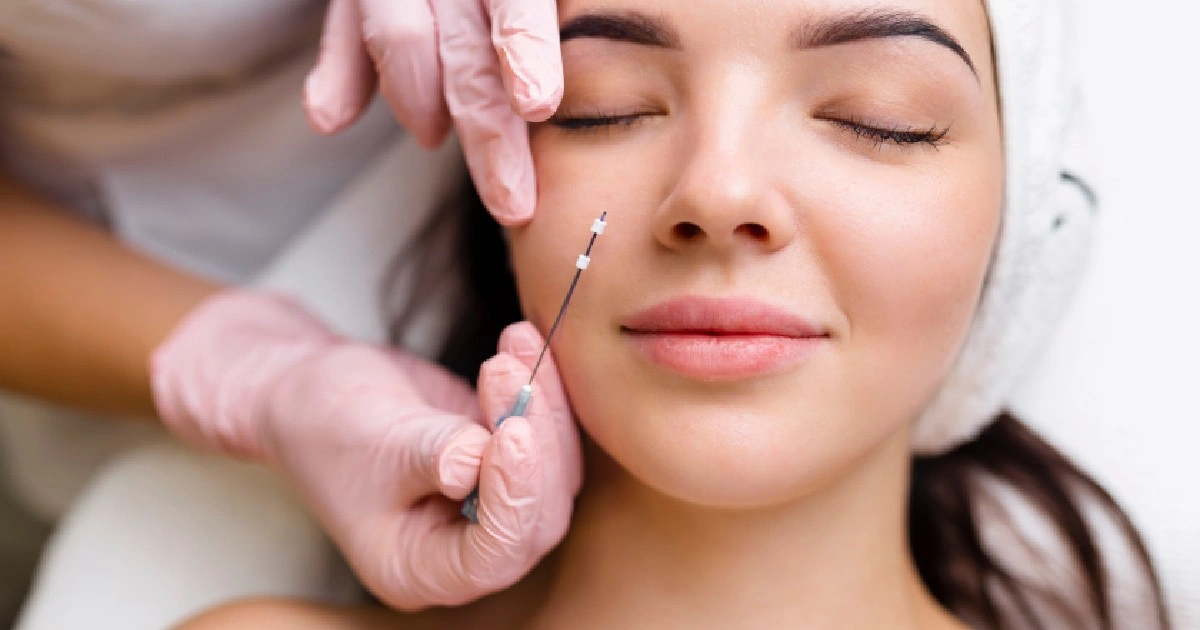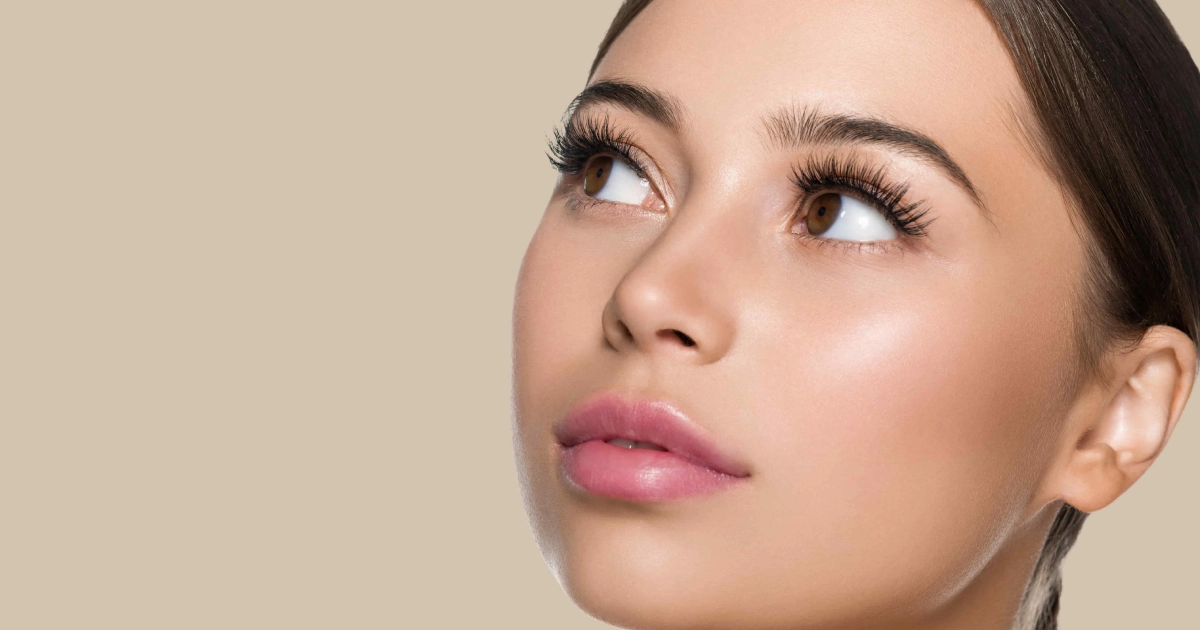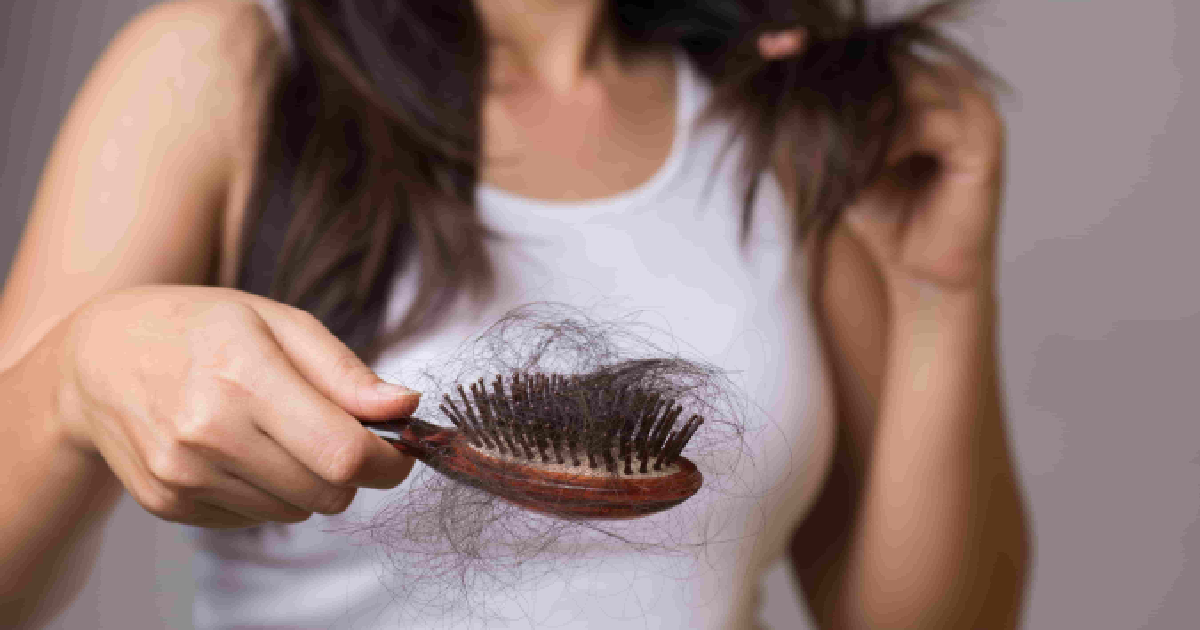Table of Contents
Finding more hair than usual in your brush or noticing your part getting wider can be frustrating. For many adults, hair loss or thinning hair isn’t just about appearance—it’s about confidence, comfort in social settings, and feeling like yourself when you look in the mirror. Some try to manage with over-the-counter products, new hairstyles, or home remedies, but those often only mask the problem instead of solving it. The big question remains: can hair treatments actually help? For those living in Murrells Inlet, SC, the answer is often yes, but the key lies in understanding the cause of your hair loss and choosing the proper treatment with guidance from a trusted professional.
Understanding Hair Loss and Thinning Hair
Hair loss isn’t one-size-fits-all. Men might notice a receding hairline or thinning at the crown, while women may see their part widening or overall density decreasing. For some, the change is gradual and happens over years, while for others it can feel sudden and overwhelming. Genetics is one of the strongest factors. Male-pattern baldness and female-pattern hair thinning are passed down through families and affect millions of people. Hormonal changes are another major trigger—pregnancy, postpartum recovery, and menopause can all affect hair growth cycles. Stress, whether physical or emotional, can push hair follicles into a resting phase, leading to increased shedding. Underlying health conditions, like thyroid issues or autoimmune diseases, may also cause thinning.
Even everyday habits matter. A poor diet lacking in protein or iron, frequent use of harsh styling tools, or lack of proper scalp care can weaken hair over time. Knowing what’s behind the thinning matters because it helps determine whether you’ll benefit most from lifestyle changes, topical products, or medical and professional procedures.
Types of Hair Treatments Available
When people start noticing changes in their hair, they often try quick fixes first. Shampoos, conditioners, and serums can improve scalp health and strengthen existing strands. These topical treatments can make a difference, but results are usually modest and take consistent use over time. They work best for those in the early stages of thinning or those who want to support other therapies.
Medical treatments are often more effective. Minoxidil, available as a topical solution, is FDA-approved for both men and women and can stimulate new growth when used daily. Finasteride, taken orally, is a prescription option for men that works by reducing hormone levels linked to hair thinning. Both options require patience, since visible improvements can take several months.
For those seeking more noticeable results, professional in-office procedures may be recommended. PRP therapy, for example, uses a small sample of your own blood, processes it to concentrate growth factors, and injects it back into the scalp to stimulate dormant follicles. Microneedling can create tiny channels in the scalp that increase blood flow and help topical treatments absorb more effectively. Low-level laser therapy uses light energy to encourage cell activity within follicles. These treatments often work best in a series and may be combined with medical or topical solutions for stronger results.
How Hair Treatments Promote Hair Regrowth
Hair treatments to improve hair health at the root level. Many of them focus on waking up dormant follicles, which can encourage new growth. Others strengthen existing strands so they don’t break or shed as easily. Improving circulation in the scalp is another key benefit, since better blood flow delivers nutrients and oxygen directly to the follicles. Reducing inflammation is equally important because an irritated scalp can make it harder for healthy hair to grow.
Expectations play an important role. No treatment delivers instant results. Hair grows in cycles, and changes typically become visible after several months of consistent care. For some, improvements in thickness and coverage may appear within three to six months, while others may need closer to a year before they see meaningful changes. Consistency is critical. Skipping treatments or stopping too early often leads to stalled progress.
Choosing the Right Hair Restoration Option
With so many choices, it can be overwhelming to know where to start. The best treatment plan depends on the stage of your hair loss, your health, and your personal goals. Younger patients noticing early thinning may respond well to topical or medical treatments, while those with more advanced loss may benefit from professional procedures like PRP or laser therapy. Age, medical history, lifestyle, and budget also factor into the decision. That’s why speaking with a trained professional is valuable. Specialists offering hair treatments in Murrells Inlet, SC, can perform an evaluation, explain what’s realistic, and guide you toward options that will actually make a difference.
Common Myths About Hair Treatments
Myths surround hair loss, and those misconceptions can stop people from getting help. A common one is that hair treatments only provide temporary fixes. While it’s true that some over-the-counter products only make hair look thicker temporarily, many medical and professional treatments can lead to lasting improvement. Another myth is that all treatments are expensive. Costs vary widely—some products are affordable and available without a prescription, while professional procedures involve more investment but often deliver stronger, longer-term results. There’s also the belief that once hair is gone, nothing can be done. While severe baldness may require surgery for complete restoration, many cases of thinning or early loss can be slowed and improved when caught early.
When to Seek Professional Help
How do you know it’s time to see a specialist? If your hair is shedding more than usual, you notice bald patches forming, or you feel your scalp is more visible than it used to be, it’s worth booking an evaluation. Sometimes, what appears to be genetic hair loss can actually be caused by treatable issues, such as vitamin deficiencies or scalp conditions. The earlier you get checked, the more options you’ll have. Professional guidance also helps prevent wasted time and money on treatments that aren’t suited for your needs. In Murrells Inlet, SC, local clinics such as Posh Aesthetics offer professional care for thinning hair and provide solutions that are both safe and effective.
Final Thoughts and Next Steps
So, can hair treatments in Murrells Inlet, SC really help with hair loss and thinning hair? For many people, the answer is yes, especially when treatment is matched to the root cause. From topical solutions to prescription medications and advanced in-office therapies like PRP, there are proven methods that can support hair regrowth, improve scalp health, and help you maintain the hair you have. Early action is always better than waiting, so if you’ve noticed changes, this is the right time to act.
Hair loss can feel discouraging, but it doesn’t have to be permanent or ignored. Getting guidance from a professional can reduce the guesswork and make the process less stressful. If you’re ready to explore your options, the next step is simple. Schedule Your Personalized Hair Assessment Today. If you’d like to talk directly with the team of Posh Aesthetics, contact us now to learn more.



